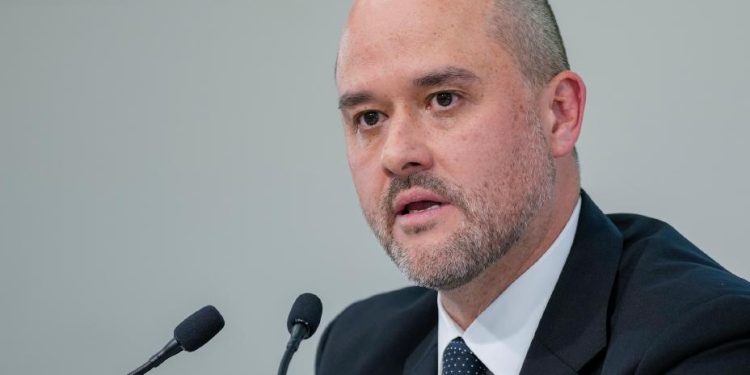Nissan is closing seven plants after announcing huge fiscal loss
Words NZ Autocar | Images Nissan, Auto Express
Nissan has announced that it is also culling 20,000 jobs following the reporting of a massive net loss ($NZ8.5b) in the 2024/25 financial year.
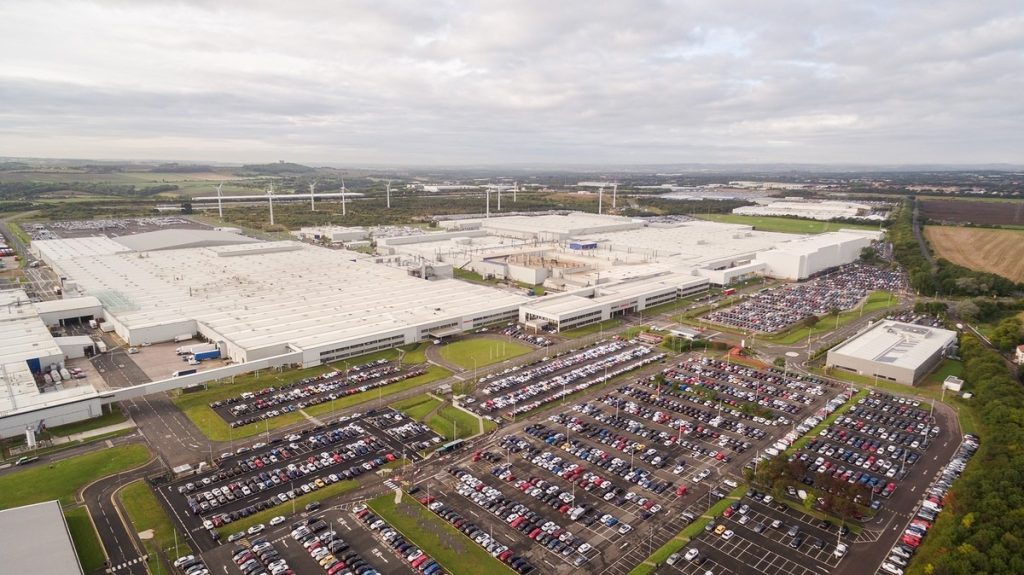
The Japanese firm is embarking on a huge cost-cutting programme and a total restructure aimed at stemming heavy losses.
In February Nissan announced it would reduce its workforce by 9000, close three plants and slash production by 20 per cent. Total production will fall to five million vehicles per year.
Today’s expansion of those numbers comes following its huge net loss in the previous financial year.
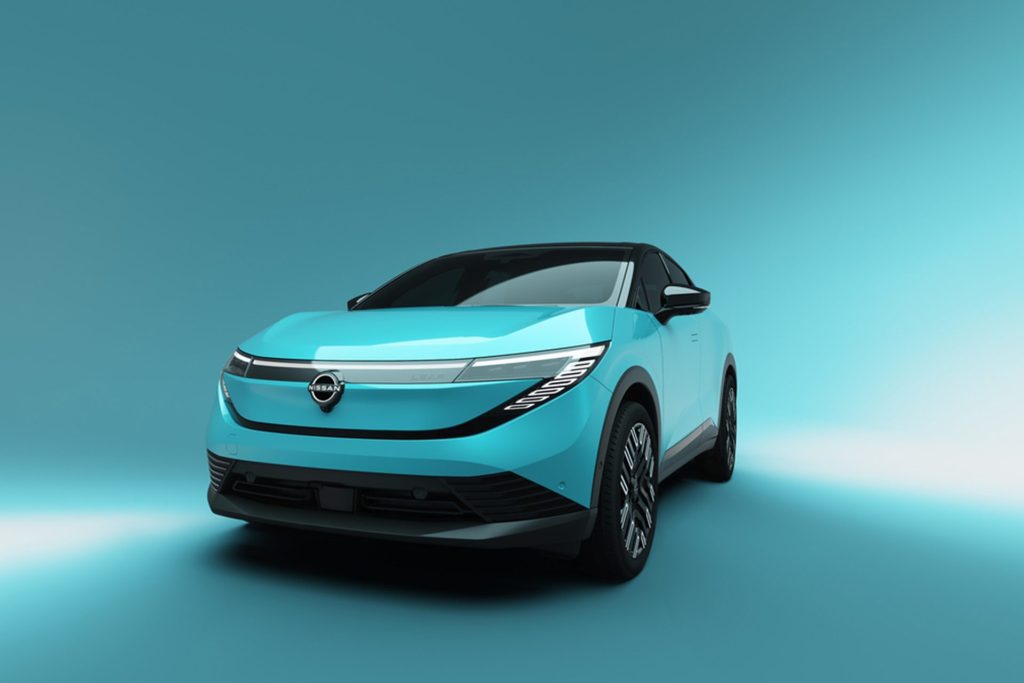
Nissan president and CEO, Ivan Espinosa, blamed the heavy loss on “an uncertain environment”. However, the new “prudent approach” by the company should see Nissan return to profitability in the next financial year.
It will continue to look at reducing costs, hoping to save almost $NZ3b by 2027. Streamlining the supply chain and cost efficiencies are how it aims to achieve this.

The workforce will be smaller by 20,000 employees come April 2027. That number includes the 9000 cuts that were already announced earlier this year.
These jobs will be culled from manufacturing, administrative and R&D roles.
Nissan has 133,580 staff globally, around 6000 of them at its Sunderland plant that makes Qashqai and Juke.
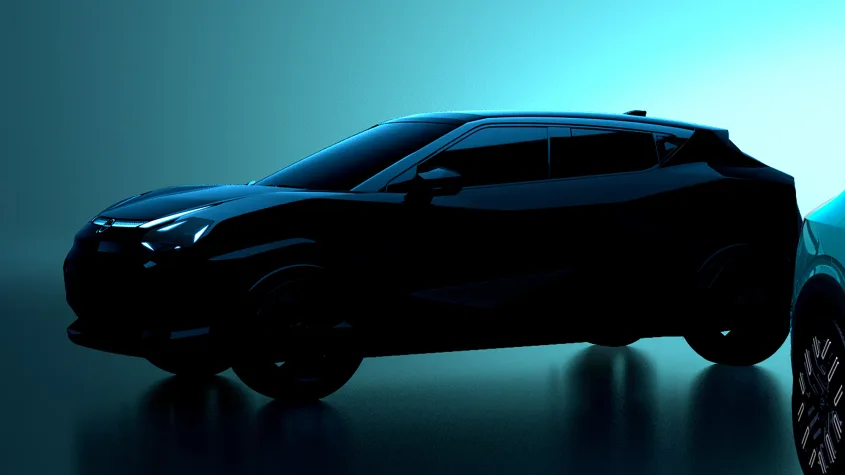
The future of that plant is still unclear, as Nissan has said it will now close seven factories by 2027. It has not detailed which ones as yet, though it did confirm that one of those sites is a planned battery plant in Kyushu, Japan. That makes closure of Sunderland less likely as a new battery production plant is being built there.
All post-2026 product work is temporarily on hold, with 3000 staff tasked with “cost reduction initiatives”. Most will take aim at Nissan’s supply chain.
Nissan has also said it willl look to strengthen its partnerships with the Renault, Mitsubishi and Honda to help with cost cutting.
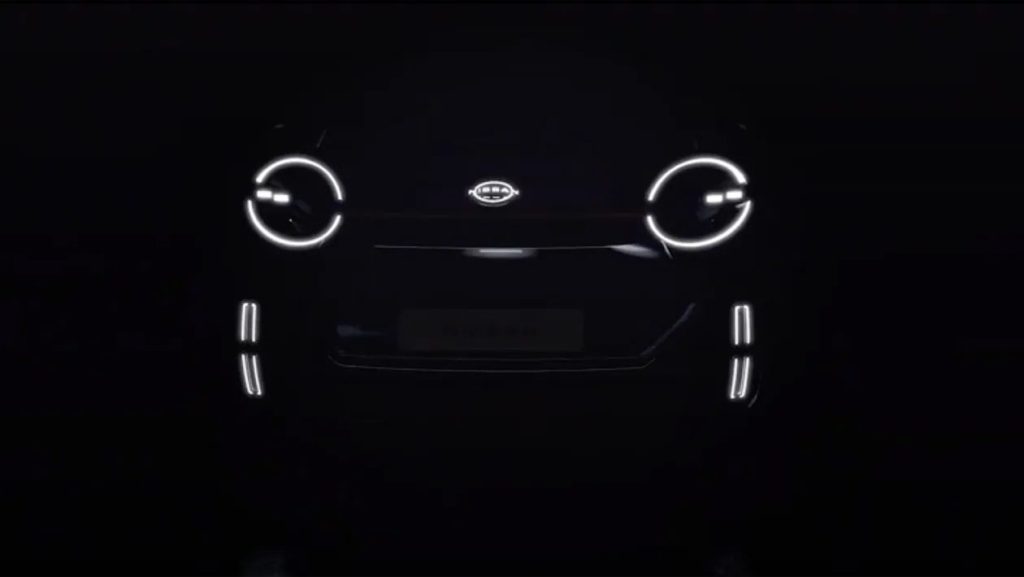
The company’s forthcoming Micra EV, for example, will essentially be a rebadged Renault 5.


